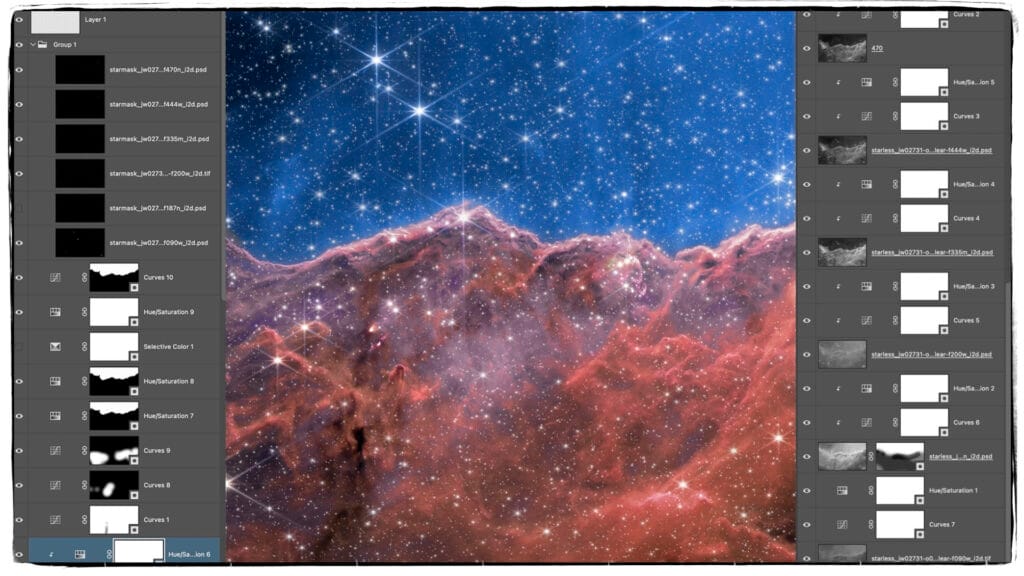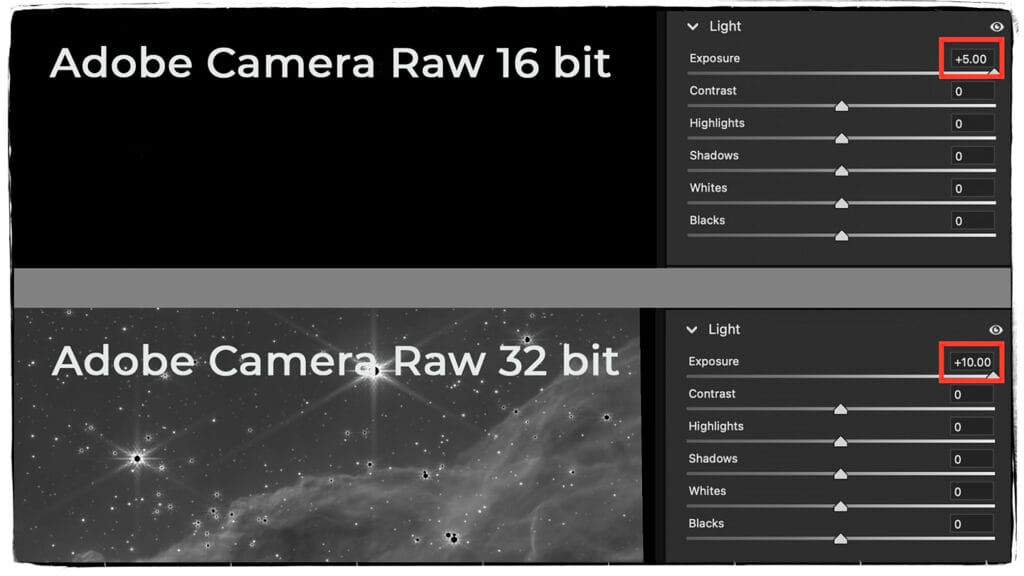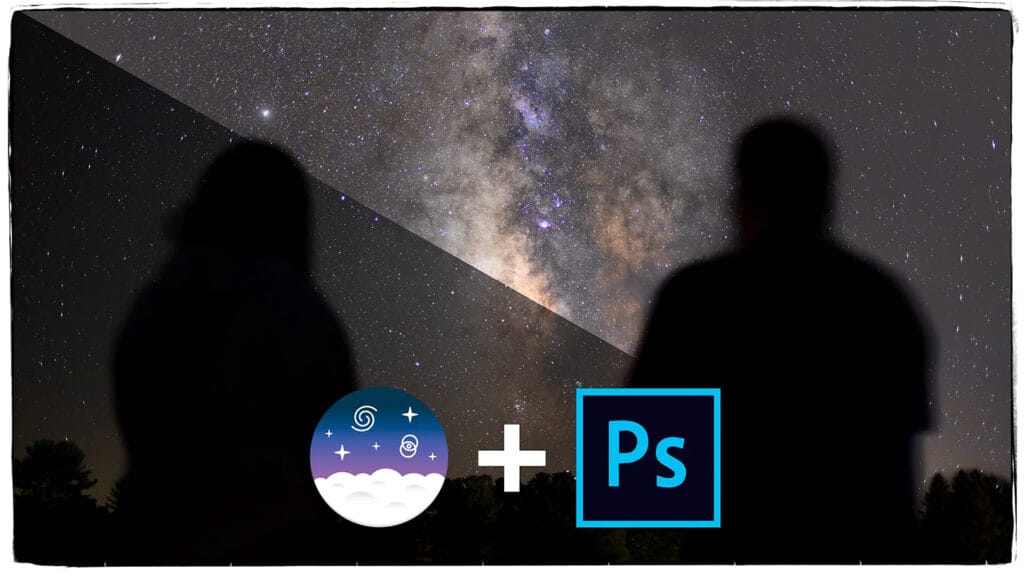Mastering Astrophotography Edits: Non-Destructive Layers, Blending Modes, and Masks
Mastering Astrophotography Edits: Non-Destructive Layers, Blending Modes, and Masks https://youtu.be/fdVt4j4oM1k Mastering Astrophotography Edits: Non-Destructive Layers,…
Unleashing the Power of 32-Bit Adobe Camera Raw Files for Stunning Astrophotography
Unleashing the Power of 32-Bit Adobe Camera Raw Files for Stunning Astrophotography https://youtu.be/RcbDwv_56Mw https://youtu.be/fdVt4j4oM1k This…
Mastering Milky Way Editing: Single Image Workflow in SiriL & Photoshop
Mastering Milky Way Editing: Single Image Workflow in SiriL & Photoshop https://youtu.be/uA9CqFX9gc0?si=WhKJe5mNzmIFCsGh SiriL & Photoshop:…
Astrophotography is the specialized art of capturing images of celestial objects and phenomena in the night sky. This field of photography transcends traditional landscape or portrait photography, delving into the complexities of capturing distant stars, planets, galaxies, and other cosmic entities. The process requires not only technical skill but also an understanding of astronomy, as the subjects are often faint, distant, and require long exposure times to be effectively recorded on a camera sensor or film.
One of the most striking aspects of astrophotography is its ability to reveal the invisible. Many celestial objects, such as nebulas and distant galaxies, are too faint to be seen with the naked eye. Through long exposure techniques, astrophotographers can collect enough light over time to make these objects visible in their images. This involves keeping the camera’s shutter open for extended periods, sometimes minutes or even hours, allowing the camera to gather light from the distant stars and planets. The result is a stunning image that captures the intricacies of the night sky, often revealing details that would otherwise go unnoticed.
Astrophotography is deeply rooted in both art and science. It requires a solid understanding of the celestial bodies one wishes to photograph, including their movement across the sky, their brightness, and their position relative to Earth. This knowledge is essential because the Earth’s rotation causes the stars and planets to move across the sky, making long exposures challenging. To counteract this motion, astrophotographers often use specialized equipment, such as motorized mounts that track the movement of the stars, allowing the camera to stay focused on a single point in the sky for the duration of the exposure.
The technical demands of astrophotography are considerable. Low light conditions mean that cameras must be highly sensitive to capture sufficient detail. High ISO settings are often used to amplify the light signals received, but this can introduce noise into the image, which must be carefully managed. Additionally, the lenses used for astrophotography are typically fast, with wide apertures to maximize light intake, and some photographers employ telescopes as their primary lenses to achieve the necessary magnification for distant objects.
Beyond the technical challenges, astrophotography is also an exercise in patience and perseverance. The conditions for successful astrophotography are often dictated by the weather, the phase of the moon, and the presence of light pollution from nearby cities. Photographers must often travel to remote locations, away from urban lights, to find skies dark enough to capture the faintest celestial objects. Even then, they might spend hours waiting for the perfect moment when atmospheric conditions are just right, and the sky is clear enough to reveal the stars in all their glory.
The results of astrophotography are often breathtaking, offering a glimpse into the vastness and beauty of the universe. The images produced can range from wide-angle shots of the Milky Way stretching across the sky to highly detailed photographs of individual planets, star clusters, or distant galaxies. These photographs not only serve as artistic expressions but also as scientific records, contributing to our understanding of the cosmos.
In essence, astrophotography is a blend of technical skill, scientific knowledge, and artistic vision. It challenges photographers to push the limits of their equipment and their own abilities, often requiring a deep understanding of both the mechanics of photography and the movements of the celestial bodies they seek to capture. Through patience, perseverance, and a passion for the night sky, astrophotographers are able to create images that reveal the beauty and mystery of the universe, offering viewers a connection to the cosmos that is both profound and awe-inspiring. Below are some photography links.
“Feel free to send me recommendations for other astrophotography sites.”
Check out my page dedicated to Alternative Process in Photography. I will add more information over time and feel to send me other information.




